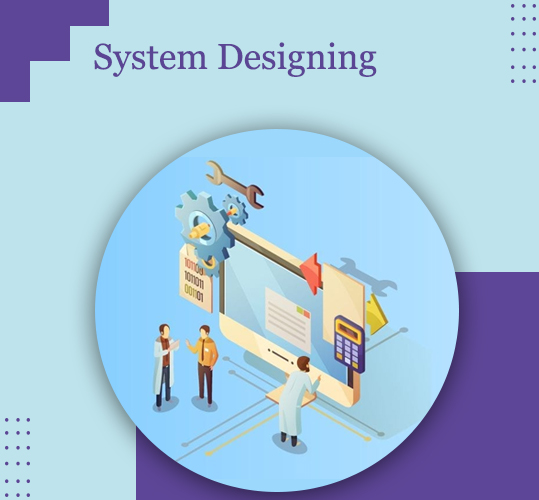The software development company which build e-commerce application for customers is called e-commerce development company. The best company follow the software development process efficiently, make bug free e-commerce application, build a secure and fast loading application, deliver the application timely, and charges reasonably. Customers want to see perfection in every department of the company and at each stage. Besides client satisfaction, the e-commerce application should offer the best user experience (UX). If a client is satisfied and the UX of the application developed is good then the company is regarded the best among a lot.
A good development company offers after delivery support and maintenance too. If a new requirement is presented then an extra charge is levied. If after delivery some bug occurs in the software delivered then the support service provided is free of cost. Overall, the client and the users of the application should be satisfied. It makes the company great and offers a new height in business growth. A good e-commerce company keeps everything related to pricing and services offered transparently.
The following process is followed by a good e-commerce company:
1. Requirement Analysis
Sales & Marketing team of the company gather all the requirement of the system in verbal or written form. After completing communication with the client for requirements, notes down them and send it to the analysis team. The analysis team analyzes every point with a feasibility study. The analysis team prepares a software requirement specification (SRS) document and sends it to the client to review. The client might ask for any changes required in the document or can discuss any point to understand better. The client confirms the final version of the SRS document sent to fix the requirement.
2. System Designing

The e-commerce application system designer receives the SRS document to consult the flow of the system and the overall requirement. The system designer starts designing a wire-frame of the application’s flow. The wire-frame designed is sent to the client for approval. The client can ask for any change in the wire-frame design. After finalization of the wire-frame, it goes to the graphic designer.
3. Graphic Designing
A graphic designer creates a prototype of the e-commerce application required. This provides a glimpse of the look and feel of the system. A prototype not only looks and feels but also reflects the flow of the system going to be developed. A graphic designer requires to design multiple screens of the system to show the flow of the system. After approval of the graphics, the e-commerce designer provides designs as instructed by the coder.
4. Application Programming
The e-commerce developer receives the SRS document and understands the whole system. System analyst clears any doubt raised by the programmer. The coder has access to the client at times to clarify any doubt or get approval for any complex entity. The developer and designer work in sync and they may take more time in finishing the task assigned. The client gets a daily update on the progress of the work through email and can see it in the project management system online provided by the company. Also, the company uploads the daily works on a temporary server for client’s preview on daily basis.
5. Quality Analysis

E-commerce designers & developers finish their assignments and send the project for a quality check. The quality assurance team go through the SRS document to understand the whole project and flow of the system. The QA team checks the quality of the front-end, back-end, and source code. If any flaw is found or there can be a better solution then the QA team send the report to the concerned designer or developer to fix those.
6. Security Check
The e-commerce experts check the security flaw in the system developed. Wherever necessary the security team checks the data transaction, ports open, files and directories permissions, and other factors. The security team ensures the system developed by the company is not vulnerable to DDoS attacks. After the assurance of a secured e-commerce application, the security team sign-off the project.
7. Deployment and Delivery
The client confirms the whole system developed in every aspect and provides a server detail to deploy the system. The deployment team of the e-commerce company checks the environment or requirements on the server. After confirmation of the necessary environment, the team starts uploading files and folders. After uploading files & folders the e-commerce deployment team configures the system on the given server. After the deployment, the QA team check the whole application again in the new environment, and the security team to check the application and the server for any vulnerability. After assuring the system in all possible ways, the company signs off from the development project.
Conclusion
A good e-commerce software development company strengthens its team in every stage of the development cycle. Any company becomes good with good people working for it. For example, at the stage of feasibility analysis, the team can suggest the use of an e-commerce builder which might can save time, effort, and money to the client. Good companies provide the best possible solution to the requirement.








